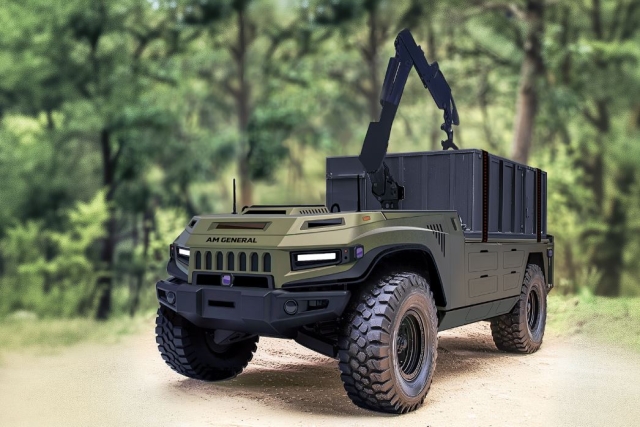US Military Plans Biometric Identification Technologies Upgrade
The US military plans to upgrade existing biometric technologies for larger storage capacity and reducing the size and weight of the current systems in place.
Biometric technologies are used to identify individuals at a distance as well as at up close.
"The future biometrics collection and processing equipment is expected have a larger storage capacity and needs to be smaller and lighter than the current system, while at the same time providing increased processing power and speed," the US Marine Corps Systems Command announced particulars about the Identity Dominance System (IDS) 2 program on Monday.
According to the program, the Marine Corps Systems Command is eyeing to explore sources for portable systems to collect everything from voice and gait data to DNA samples. These tactical biometric technologies enable military forces in the field to create more comprehensive profiles to effectively track every individual they encounter. To achieve this, they are looking for a biometrics system that is lighter, more compact, and has a longer battery life.
Currently, "IDS collects fingerprints, iris images, facial images, and biographical data and additional imagery, including "name, age, height, weight, birthplace, nationality, scars, marks, and tattoos," the Marine Corps documents added.
As Department of Defense (DoD) biometric technology and employment matures, and as global collection of biometric samples expands, “the Department of Defense realizes a capability to positively identify, track, and locate persons of intelligence and security interest”, the documents stated.
Since 2007, the U.S. military has been using biometric tools in Afghanistan to identify and track every single resident they encounter in order to prevent the Taliban and other terrorists from going undetected among civilians.
The equipment being used by troops in the field eventually became “programs of record,” or in other words, established procurement programs with their own management offices.









